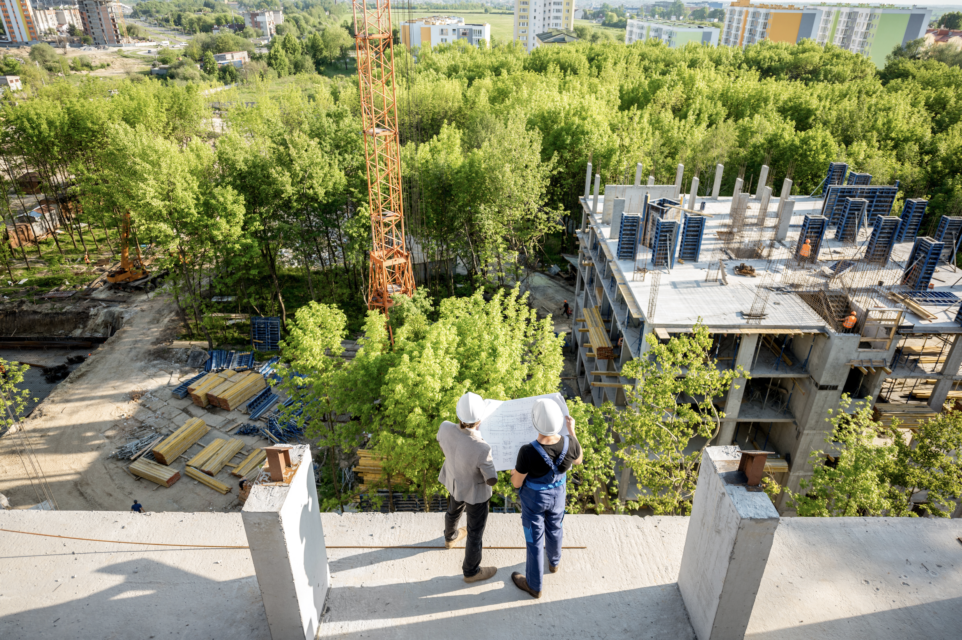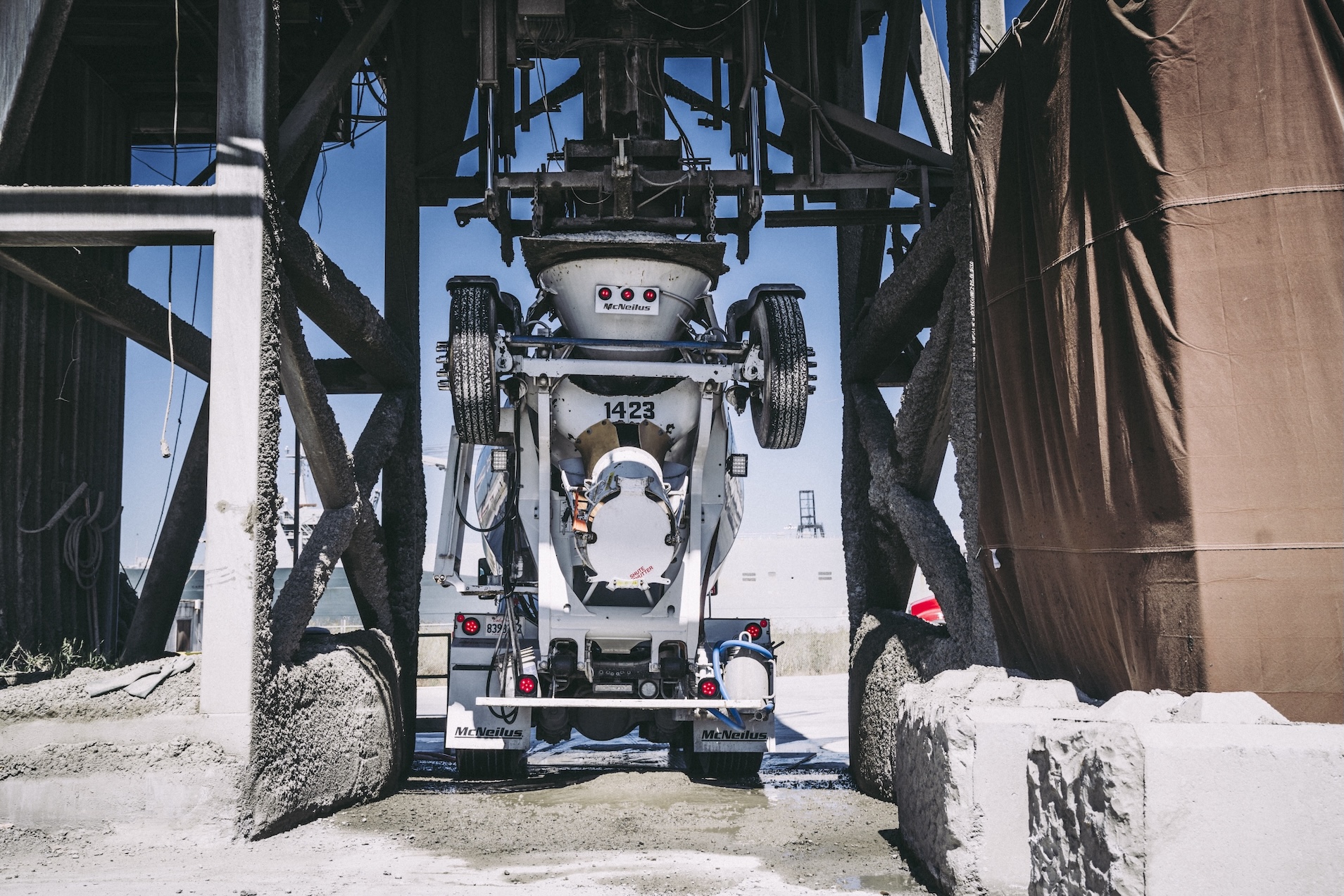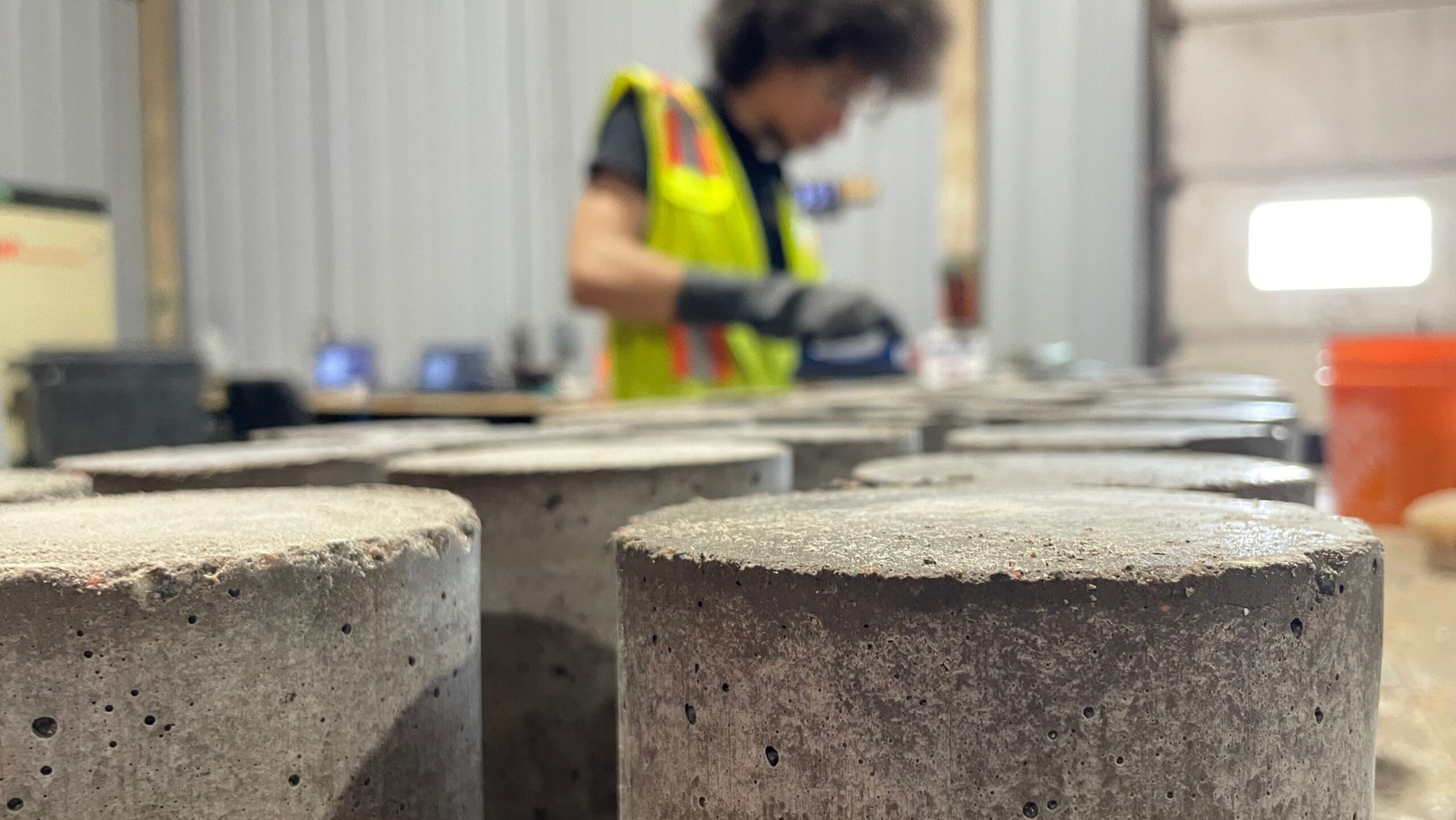If you’re a concrete producer in the U.S., the recently announced federal government’s Buy Clean Task Force should have your attention. It’s further evidence of the urgency seen globally and in the U.S. to reduce carbon emissions and move to low carbon building materials, including concrete. And it has significant ramifications: starting in 2023, concrete producers wishing to bid on federal projects will need to create environmental product declarations (EPDs).
According to a recent industry report, government and public projects accounted for 40.3% of ready mix concrete in the U.S. in 2021. “With the massive purchasing power of federal agencies — including the Department of Defense — the U.S. federal government will make sustainable building materials, including low carbon concrete, the new industry standard,” said Eric Dunford, Senior Director of Government Affairs at CarbonCure.
This federal Buy Clean policy follows several crucial low carbon concrete initiatives from industry organizations and public bodies over the last few years.
Let’s take a closer look at what’s driving this demand for sustainable concrete, how the industry is responding, and the implications for concrete producers.
Embodied Carbon Can No Longer Be Ignored
The number of buildings worldwide is projected to double by the year 2060. Embodied carbon — greenhouse gas emissions from the complete life cycle of a product or building — is expected to make up nearly 50% of the emissions from those buildings by the year 2050.
Until recently, focus has solely been on reducing operational carbon — emissions from the use phase of a building. “A building owner or a designer can create a net zero operating building today,” said Christie Gamble, Senior Director of Sustainability at CarbonCure. “And over time, we can retrofit existing building spaces to make them more sustainable and address operational carbon.”
But embodied carbon can’t be retrofitted away. “By the time the building materials have arrived at a construction site, the carbon generated from manufacturing those materials has already been spent from the global carbon budget,” said Christie.
The earth’s carbon budget refers to the theoretical amount of CO2 that can be emitted over a period of time while staying within a global temperature target and avoiding catastrophic impacts. This carbon budget is similar to a financial budget in that spending more of our fixed expenses now means we have less available to spend later.
Over the last few years, research from the scientific community, including the latest report from the Intergovernmental Panel on Climate Change, has highlighted the urgent need for all industries and sectors to reduce carbon emissions quickly.
“We have to get some of these reductions to occur immediately in order to stay within this carbon budget,” said Christie.
The Concrete Industry’s Changing Landscape
Architecture 2030 responded to this urgency with a change to its 2030 Challenge. In late 2019, it accelerated its timeline for zero carbon emissions from the built environment from 2050 to 2040, calling for a 65% reduction by 2030 and a 40% reduction as soon as possible.
As well, the Carbon Leadership Forum (CLF) issued SE 2050 — a similar challenge for structural engineers. Christie has witnessed a notable change in the CLF during her three years as a board member. “When I first started, most members were from the west coast. But now we have members and CLF regional hubs in Minnesota, Nebraska, Nashville, Atlanta — all across the map.” This is creating a local, coordinated mission among designers and builders to understand the impacts of embodied carbon and then take action to reduce it.
In addition to the federal government’s Buy Clean initiative, policies and building codes have been introduced in a number of cities and states across the U.S, including California and Colorado, tying public spending to sustainable building practices and materials.
New York State’s Low Embodied Carbon Concrete Leadership Act (LECCLA) targets concrete specifically. “It's calling on state public agencies to align their concrete procurement practices and specification practices with the state’s climate ambitions. When those changes occur, and they are coming, it will completely revolutionize the industry,” said Christie. LECCLA has also gained traction in other states, such as New Jersey, Massachusetts and Illinois.
The Bay Area Low-Carbon Concrete Codes, the first of its kind in North America, adds a low carbon concrete specification to the Marin County Building Code and applies to all private and public projects using concrete in the county.
“Public entities are starting to get it. Throughout the country, they're using tools like policies and building codes to respond to the urgent need to reduce embodied carbon,” said Christie.
Preferential Procurement
“If you're seeing environmental product declarations in your market or requests for them, that’s a sign that the embodied carbon movement has come to you,” said Christie.
Environmental product declarations (EPDs) are independently verified documents used to measure and disclose the embodied carbon of building materials — greenhouse gas emissions per cubic yard of concrete, for example.
It’s becoming increasingly common to see EPDs required or requested from government, industry and regulatory bodies — for example, LEED and the International Green Construction Code.
Using EPDs to measure embodied carbon is the first step in reducing it. Colorado recently passed its own buy clean legislation which requires concrete producers to supply EPDs to establish baselines for typical greenhouse gas emissions of concrete and concrete products.
One way to lower concrete’s embodied carbon is to eliminate outdated and unnecessary prescriptive specifications that require the use of more carbon-intensive materials than necessary. SE 2050, the Carbon Leadership Forum and the National Ready Mixed Concrete Association have all called for more widespread use of performance-based specifications that are more permissive of innovation and will reduce the cement content of concrete.

The Rise of ESG
In March 2022, the Securities and Exchange Commission announced a proposal requiring publicly traded companies to make climate-related disclosures to investors.
This is part of the growing importance for organizations to measure and report environmental, social and governance (ESG) impacts. “It’s a shift among the Fortune 500 companies, those looking for investment and those publicly traded,” Christie said. “ESG reports are becoming a license to operate.”
In the last few months, Christie has been contacted by representatives from a wide range of industries looking to understand the implications of ESG on their business, including one of the largest home builders and one of the largest concrete contractors in the U.S.
“Anyone who has construction in their portfolio and is a publicly traded company is seeing immediate pressure to create ESG reports and show emission reductions,” said Christie. “They're looking for solutions and concrete has such an opportunity to meet that demand.”
For concrete producers looking to become a leader in their market, making the move to EPDs and low carbon concrete will help you gain a competitive edge and ensure you’re ready to meet the requirements of embodied carbon procurement policies.
“Even if you're a producer who hasn't seen that demand or that communication come to you directly yet, it's coming very soon, and you can start to see signals of it in the market if you're looking for it,” said Christie.
For more information about how CarbonCure can help you stay ahead of the evolving design and construction landscapes, get in touch with a CarbonCure rep today.





